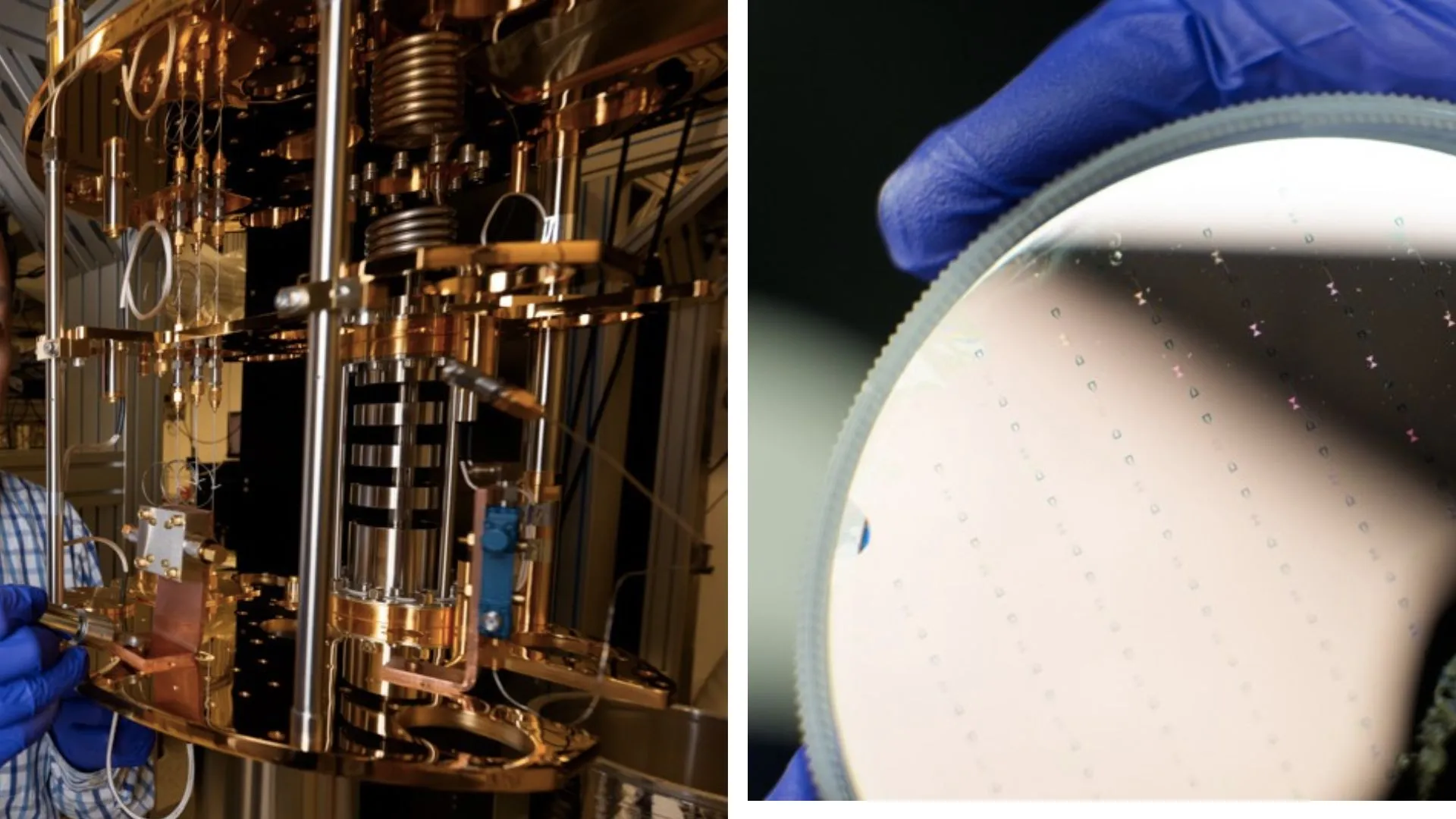Copyright Interesting Engineering

A new breakthrough achieved by researchers from the United States could help quantum computers connect to one another at a distance of over 1200 miles. The lightning-fast quantum computers are difficult to connect to one another over long distances. Previously, the maximum distance two quantum computers could connect through a fiber cable was a few kilometers. But the new method would theoretically extend that maximum to 1,243 miles (2,000 km). Global-scale quantum internet “For the first time, the technology for building a global-scale quantum internet is within reach,” said Tian Zhong from the University of Chicago Pritzker School of Molecular Engineering. Linking quantum computers to create powerful, high-speed quantum networks involves entangling atoms through a fiber cable. The longer the time those entangled atoms maintain quantum coherence, the longer the distance those quantum computers can link to each other. Previously, even if fiber cable were run between them, quantum computers in the University of Chicago’s South Side campus and downtown Chicago’s Willis Tower would be too far apart to communicate with each other. Quantum coherence times With Zhong’s approach, that same UChicago quantum computer that previously couldn’t reach the Willis Tower could now connect and communicate with a quantum computer outside of Salt Lake City, Utah. Researchers raised the quantum coherence times of individual erbium atoms from 0.1 milliseconds to longer than 10 milliseconds. In one instance, they demonstrated a latency of up to 24 milliseconds, which would theoretically allow quantum computers to connect at a staggering 2,485 miles (4,000 km), the distance from UChicago PME to Ocaña, Colombia. By making rare-earth doped crystals using a technique called molecular-beam epitaxy (MBE) rather than the traditional Czochralski method, the UChicago PME team built components atom by atom with remarkably long-lived quantum coherence. Rare-earth doped crystals The innovation was not in using new or different materials, but in building the same materials a different way. They created the rare-earth-doped crystals necessary for quantum entanglement using a technique called molecular-beam epitaxy (MBE) rather than the traditional Czochralski method, according to a press release. “The traditional way of making this material is by essentially a melting pot,” Zhong said of the Czochralski method. “You throw in the right ratio of ingredients and then melt everything. It goes above 2,000 degrees Celsius and is slowly cooled down to form a material crystal.” The paper reveals that the researchers realized single-shot readout and microwave coherent control of erbium qubits in a fiber-integrated package, enabling rapid deployment and scalability. These advancements highlight the significant potential of high-quality rare-earth qubits and quantum memories assembled using a bottom-up method, paving the way for scalable development of quantum light-matter interfaces tailored for telecommunication quantum networks. “By leveraging high matrix crystallinity, controlled proximity of dopants to surfaces, and exploiting host lattice symmetry, we simultaneously achieve kilohertz-level optical linewidth in a strongly symmetry-protected site, and erbium qubit spin coherence times exceeding 10 milliseconds,” said researchers. The study was published in the journal Nature Communications.



